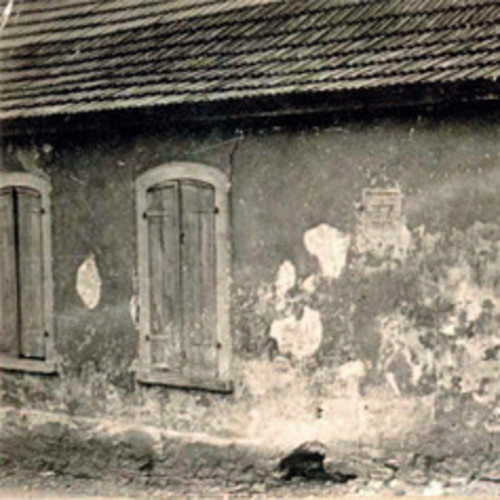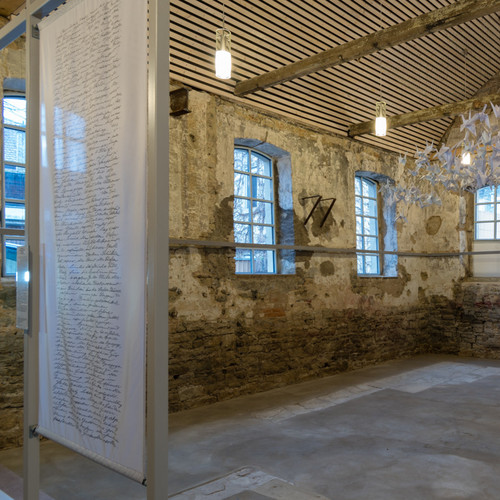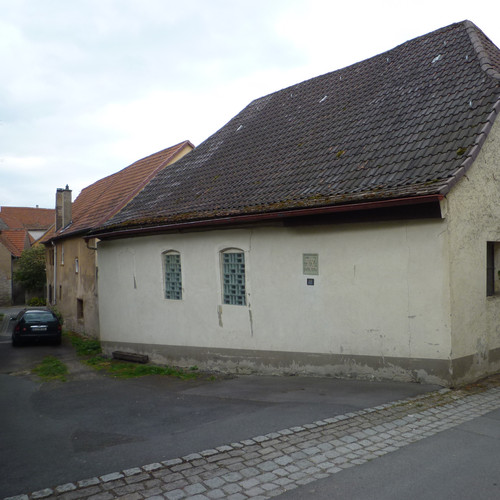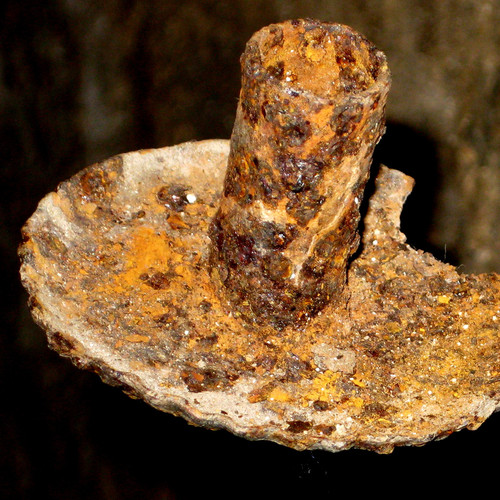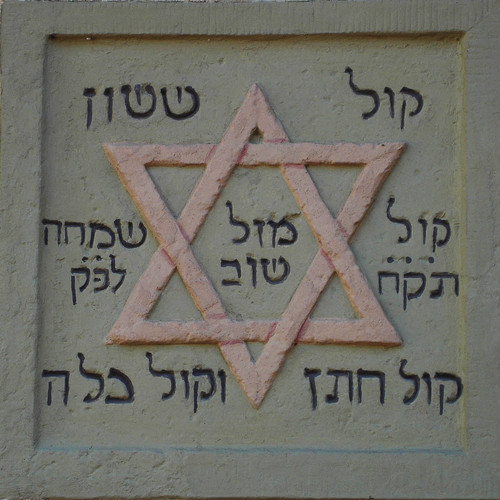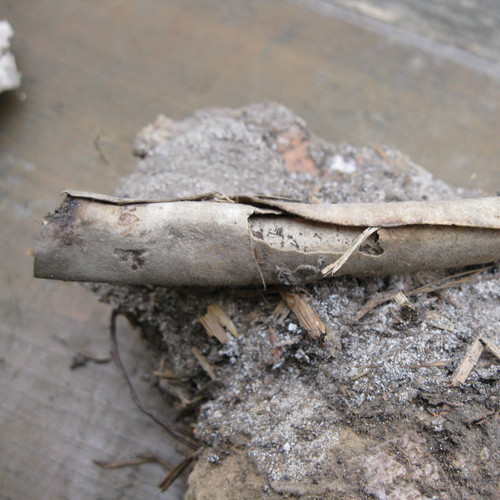The Former Jewish Religious Community
Little is known about the origin and history of the Jewish community. In 1668 the first Jew settled in the village with a letter of protection from the Margrave of Ansbach. Pastor Hoffmann, who records this in his chronicle and quotes from the letter of protection, writes : "With his [the Margrave's] letters of protection they [the Israelites] could settle again." From this it can be concluded that there had already been Jews in Obernbreit before. Sources about this are sparse and not always clear. In 1817, 26 households were entered in the Jewish register for Obernbreit. As might be expected, they were exclusively engaged in trade. As "earning" is stated in the registers: middlemen in cattle trade, matchmakers, peddlers with hides and furs, soap, haberdashery, scrap iron, wine merchant, money business. In 1825, a new entry was registered in a supplement. His profession: "agriculture".
The middlemen and peddlers certainly did not belong to the rich upper class, while the wine merchant and those who did money business can rather be assigned at least to the middle class in the place where many small farmers and day laborers lived. In any case, the Jewish fellow citizens were an important economic factor, which is also recognized by Rev. Hoffman, based on the sources available to him, when he writes: "In the spreading trade, the Israelites were not uninvolved".
On the whole, relations between the population segments seem to have been unproblematic. Around 1830, about 13% of Obernbreit's population were Jews. In addition to the synagogue built in 1748, they had their own school with a teacher paid by the religious community, as well as a paid schochet and precentor. It was the heyday of the Jewish community. The lifting of the immigration restrictions in Bavaria in 1867 and the new traffic routes led to many Jews moving to the cities. The change from a country Jew to a city citizen caused the Jewish population to decrease continuously in Obernbreit as well. On April 27, 1911, the following advertisement appeared in the magazine "Der Israelit": "Synagogue establishment. As a result of the dissolution of the religious community of Obernbreit, the interior furnishings of the synagogue there, consisting of very well preserved men's and women's stalls, almemor, stone covering of the Oronhakodesh and 1 chandelier, etc., are being sold cheaply." This advertisement marks the end of the Jewish religious community of Obernbreit (sources and further information: Alemannia Judaica, Mehr als Steine Vol. III 2/2 – section about Marktbreit).
The number of citizens of Jewish faith continued to decline. A survey of contemporary witnesses in 2006 revealed only positive things about the coexistence of the religious communities in the years before 1933. However, an entry in the minutes of the local Obernbreit SPD (Social Democratic Party) association about an extraordinary meeting on April 20, 1920, does not quite fit to this portayal of peaceful coexistence: "Agenda item 2: The Jew bashing, A position was taken on this point and a resolution passed [sic] that the meetings of the Schutz- und Trutzbund are to be rejected and these are to be fought most resolutely." It is unclear whether the agitation was a local phenomenon or whether it was about the general political climate in Germany. It was only after 1933 that the few Jews still living here in 1933 were said to have been boycotted, humiliated and harassed, according to the surveys mentioned above. Elisabeth Gallinger, Sofie Zimmern and the brothers Rudolf and Leopold Sänger were Obernbreit's last Jews. They were deported in 1942. The two brothers were murdered in the Theresienstadt concentration camp. Sofie Zimmern was able to escape to Palestine via Switzerland with about 12,000 other prisoners ransomed by the SS.
